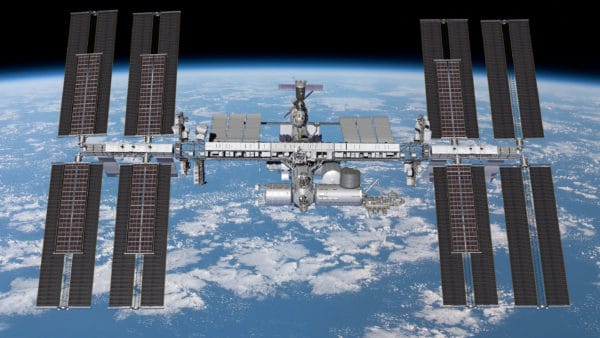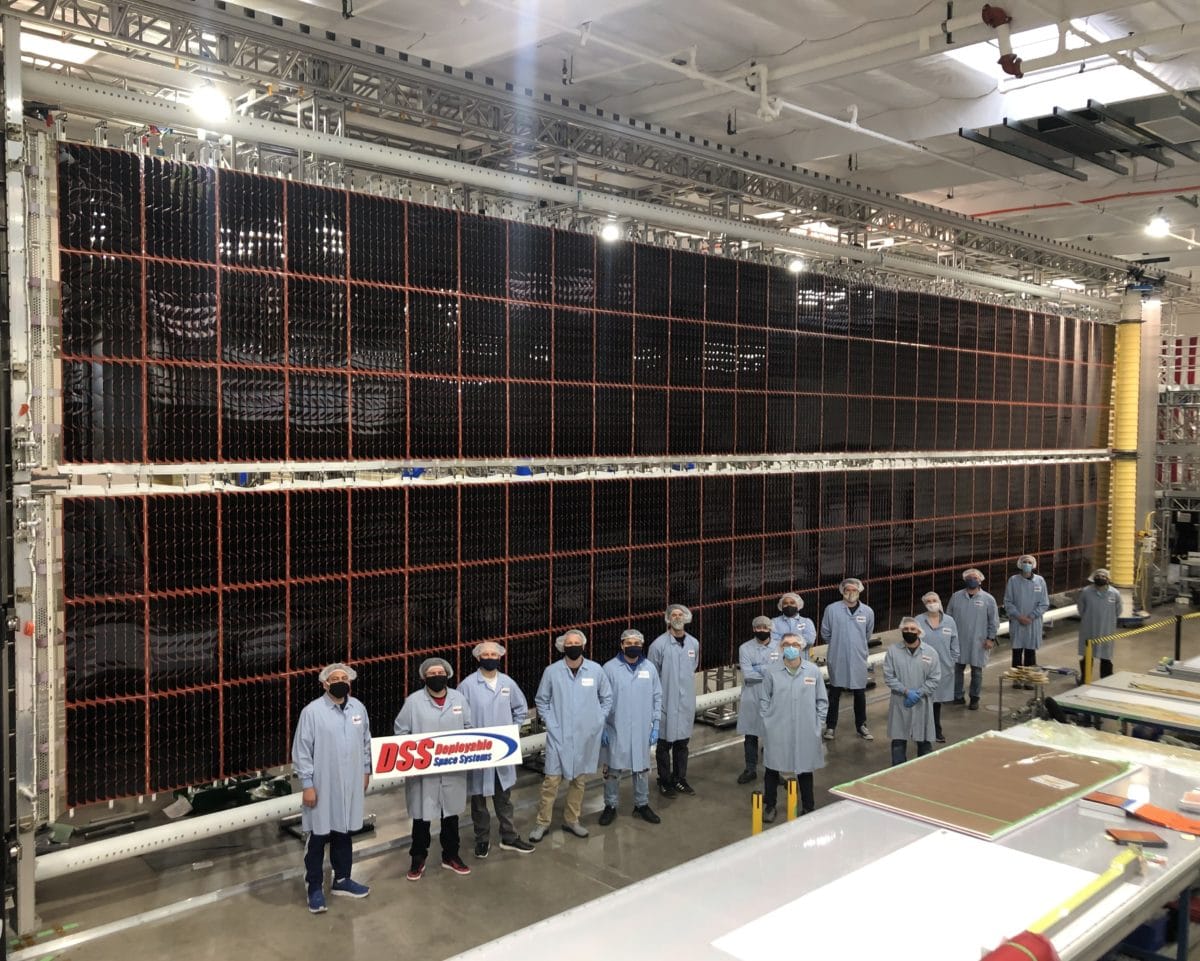U.S. manufacturer Boeing-Spectrolab – which works with solar for space exploration – announced it will build six more solar arrays for the International Space Station (ISS) operated by the US National Aeronautics and Space Administration (NASA).
The six arrays, which will have a total surface of 19x6m and a combined capacity of 120 kW, will provide an increase of up to 30% in installed power for the station, which already relies on eight solar arrays. “The arrays will provide [the] ISS with electricity to sustain its systems and equipment, plus augment the electricity available to continue a wide variety of public and private experiments and research in the station’s unique microgravity environment,” Boeing group said.

Image: Boeing
In a press release, NASA said that the new solar arrays will bring the total installed PV capacity of the ISS station to 215 kW. “Each new solar array will produce more than 20 kW of electricity, eventually totaling 120 kW (120,000 W) of augmented power during orbital daytime,” the agency specified. “In addition, the remaining uncovered solar array pair and partially uncovered original arrays will continue to generate approximately 95 kW of power for a total of up to 215 kW (215,000 W) of power available to support station operations at completion.”
The solar systems will be brought to the ISS in pairs in the unpressurized trunk of the SpaceX Dragon cargo spacecraft during three resupply missions starting this year. “The installation of each solar array will require two spacewalks: one to prepare the worksite with a modification kit and another to install the new solar array,” NASA further explained.
California-based Deployable Space Systems, a provider of deployable structures and deployable solar arrays for satellites and spacecraft, will manufacture the six new PV systems, with Spectrolab supplying its XTJ Prime high-efficiency solar cells for the arrays. “The XTJ Prime space solar cells are much more efficient than any of their predecessors and are fit to support the cutting-edge research being done aboard the International Space Station,” said Spectrolab president Tony Mueller, without disclosing further technical details.
This content is protected by copyright and may not be reused. If you want to cooperate with us and would like to reuse some of our content, please contact: editors@pv-magazine.com.




My deep concerns are both about continued operations. The sun is a perfect supply, and that brings up possible issues that could come up during solar maximums. Question, how can you safely deploy batteries and solar arrays durin a severe X level solar flare? How can you siphon off the excess power to protect electronics and avoid a fire? Graphene shields might assist from the radiation but how can replacements get there in time to replace burned out components and avoid over powered experiments that are ongoing? That worries me every time I see rises in sun activity. You really need to have a plan for it.
Solar flares do not greatly influence the total solar irradiance. X-class flares are barely enough to be detectable in the total solar flux (https://link.springer.com/article/10.1007/s11207-005-7433-9), and they’re certainly not enough to alter significantly the power generation of spacecraft solar panels. Less than a watt, probably. Far less than the annual variation of earth’s distance to the sun (~90 W/m^2) and less than the difference between solar maximum and solar minimum (~1 W/m^2). It is nothing to worry about.